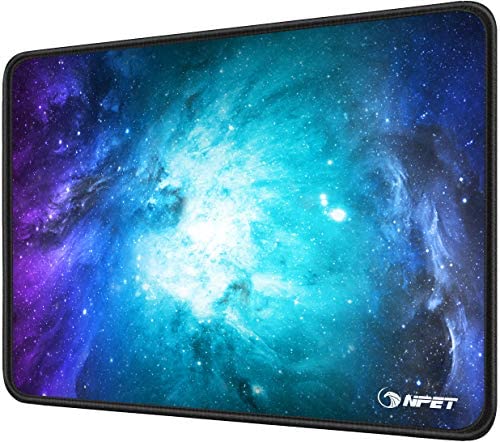WASHINGTON — Space startup True Anomaly is preparing for the launch of its first two satellites, designed to maneuver in close proximity to other objects, inspect them and take pictures.
True Anomaly, founded in 2022 and fresh off a $100 million fundraising round, intends to demonstrate the capabilities of its Jackal spacecraft to perform in-orbit activities known as rendezvous and proximity operations.
“The Jackals will capture high-resolution images and full-motion video of one another while maneuvering in close proximity,” True Anomaly’s founder and chief executive Even Rogers said in a recent interview.
Two Jackal spacecraft, each about 300 kilograms, are scheduled to launch on a SpaceX Falcon 9 rocket in the upcoming Transporter-10 rideshare.
The company, based in Centennial, Colorado, focuses on the military market, aiming to deploy Jackal satellites in support of U.S. Space Force activities. Military units, for example, could use the satellites to train operators in maneuver tactics, to practice proximity operations or to test payloads in orbit.
‘Purpose built for national security missions’
Rogers described Jackal as “a new class of space vehicle, purpose-built for national security space missions.” With Jackal, the company is looking to compete in the market for non-Earth imagery, or the imaging of objects in space, a nascent sector of the industry. These capabilities can now be offered commercially following changes in the licensing process announced last year by the National Oceanic and Atmospheric Administration.
True Anomaly received a NOAA license in August for the first Jackal mission in low Earth orbit.
The company plans to seek license modifications as it looks to field additional satellites of similar capability. “We will file new license applications, as necessary, to cover larger constellations, different missions or orbits such as GEO, and new design variants,” a True Anomaly spokesperson told SpaceNews.
One reason True Anomaly has attracted investors is the expectation that it can fill a growing demand for timely, high-quality data about the space environment, Rogers said.
“One of the most important gaps in space domain awareness is the ability to collect high-resolution multi-phenomenology data of resident space objects,” he said. Existing ground-based sensors used to monitor outer space do not provide “a lot of intelligence-quality information.”
Military and intelligence agencies trying to identify threats in orbit need more detailed data about spacecraft and debris objects, he said. “Non-Earth imagery is an important tool for closing those intelligence gaps.”
Each Jackal has five sensors, including three imaging payloads: radar, shortwave infrared, longwave infrared, visible wide field of view, and visible narrow field of view.
Non-Earth imagery ‘a big market’
Their debut mission will see one Jackal capturing detailed images of the other, demonstrating non-Earth imaging capabilities. Two identical vehicles will fly to orbit. One will act as the “imager” and the other as the “resident space object.”
Rogers said he is optimistic about the non-Earth imagery business. The Space Force has not disclosed projected spending in this area but service leaders said they expect the demand for “space domain awareness” to grow as space becomes more congested and rival nations deploy systems to trail and possibly target U.S. satellites.
“Is this a big market? Yes,” said Rogers. “Our last fundraising was predicated on that fact. We think non-Earth imaging is a very important and very large market, and this is based on demand from the U.S. government, but also from commercial operators.”
Players in this market include established Earth observation companies that already operate satellites with high resolution cameras and sensors. There are other commercial startups that specialize in non-Earth imaging.
Rogers said True Anomaly will stand apart because it will provide “close range, sustained imaging of resident space objects in a variety of phenomenologies.”
Once the Jackal technology is demonstrated in orbit, the goal is to build a constellation, he said. Several dozen satellites would be needed to monitor the geostationary belt, 22,000 miles above Earth, where the military’s most valuable satellites are located.


